- News
- Reviews
- Bikes
- Accessories
- Accessories - misc
- Computer mounts
- Bags
- Bar ends
- Bike bags & cases
- Bottle cages
- Bottles
- Cameras
- Car racks
- Child seats
- Computers
- Glasses
- GPS units
- Helmets
- Lights - front
- Lights - rear
- Lights - sets
- Locks
- Mirrors
- Mudguards
- Racks
- Pumps & CO2 inflators
- Puncture kits
- Reflectives
- Smart watches
- Stands and racks
- Trailers
- Clothing
- Components
- Bar tape & grips
- Bottom brackets
- Brake & gear cables
- Brake & STI levers
- Brake pads & spares
- Brakes
- Cassettes & freewheels
- Chains
- Chainsets & chainrings
- Derailleurs - front
- Derailleurs - rear
- Forks
- Gear levers & shifters
- Groupsets
- Handlebars & extensions
- Headsets
- Hubs
- Inner tubes
- Pedals
- Quick releases & skewers
- Saddles
- Seatposts
- Stems
- Wheels
- Tyres
- Health, fitness and nutrition
- Tools and workshop
- Miscellaneous
- Cross country mountain bikes
- Tubeless valves
- Buyers Guides
- Features
- Forum
- Recommends
- Podcast
£999.00
VERDICT:
A versatile all-weather road machine with a very pleasant ride feel that is just as happy off the beaten track
Weight:
10,720g
Contact:
At road.cc every product is thoroughly tested for as long as it takes to get a proper insight into how well it works. Our reviewers are experienced cyclists that we trust to be objective. While we strive to ensure that opinions expressed are backed up by facts, reviews are by their nature an informed opinion, not a definitive verdict. We don't intentionally try to break anything (except locks) but we do try to look for weak points in any design. The overall score is not just an average of the other scores: it reflects both a product's function and value – with value determined by how a product compares with items of similar spec, quality, and price.
What the road.cc scores meanGood scores are more common than bad, because fortunately good products are more common than bad.
- Exceptional
- Excellent
- Very Good
- Good
- Quite good
- Average
- Not so good
- Poor
- Bad
- Appalling
Merlin is offering a decent package here with its ROC Disc 105. An alloy frame, carbon fork, hydraulic discs and a Shimano 105 groupset all for less than a grand is impressive against some of its big brand opposition. Yeah, it's a bit on the weighty side but it offers a very good ride quality to offset that.
- Pros: Decent tyre clearances, hydraulic discs for less than a grand
- Cons: Weight hampers climbing and acceleration
Ride
At its heart the ROC uses a triple-butted 6061 aluminium alloy frameset and a carbon fibre fork (well, half of it anyway as the steerer is alloy). It's a comfortable setup.
The frame doesn't feel harsh; okay, it's not got the comfort of a sorted carbon frame but its ride quality is more akin to something made of steel than the harshness often associated with aluminium alloy. There is little buzz from the road surface and on the whole it is a pleasant place to be.
Picking up the ROC, the first thing you notice is how much it weighs – 10.72kg isn't unheard of for a bike of this type, and out on the road it gives the Merlin a planted feeling which is exactly what you want when the road surfaces are wet and greasy.
When you come to hitting the hills, though, it can take the edge off and getting out of the saddle doesn't really deliver any huge benefits to your climbing. You're better off sitting there and tapping out a rhythm in as high a (low) gear as you can muster.
Sprinting is pretty much out, too, but then that isn't really what the ROC is all about.
The ROC makes for a decent commuter or day-long tourer. It has that kind of 'unflustered' style about it – just get on it and pedal and it'll carry you for miles with little demand for concentration, you can just enjoy the scenery.
That's not to say the Merlin can't deliver a bit of fun when required. On this 56cm frame you get a 55cm top tube and 15cm head tube so it is not exactly an upright position. You can get down in the drops and power along out of the wind, and when you hit the bends the 73-degree head angle means the steering is on the nervy side of neutral.
When descending, the quickish steering combined with that surefooted feeling from the overall weight means you can carry quite a bit of speed through the bends without the bike feeling skittish if the surface is far from ideal.
Without mudguards, the ROC can take a mid-sized gravel tyre, around 35mm to 38mm depending on the profile, so you can take to the stony tracks and hardcore byways, where the handling doesn't feel overly twitchy either.
It pretty much just takes everything in its stride.
Frame and fork
The frame itself is nothing flash as there is no oversizing this and slimming of that to increase stiffness or remove it, it's all rather traditional. There is even a BSA threaded bottom bracket setup.
It's nicely put together and I like the grey and blue paintjob – it all looks quite classy.
The cables and hoses are all fed internally through the main triangle before exiting around the bottom bracket area, then travel along the chainstays to the flat mount rear brake calliper and rear derailleur.
Wheel retention front and rear is by quick releases rather than thru-axles screwing into the frame, but that isn't uncommon at this price point.
There are mudguard mounts front and rear and with these fitted you can still get a 30mm tyre into there quite comfortably according to Merlin. The ROC comes with 28mm fitted as standard and without guards you can see there is plenty of room to go bigger, as I mentioned above.
There are rack mounting points on the seatstays, too, if you want to fit one for commuting or a spot of touring.
Finishing kit
As the name suggests, this ROC comes with a predominantly Shimano 105 build, though there is an Ultegra version available too.
Our test model came with the 5800 series of 105 rather than the latest R7000 version we recently tested, but I'm guessing that as stock levels run out of the older version then this could change.
The shifting is absolutely fine anyway – 5800 was always a highly regarded groupset here at road.cc. The RS505 non-series shifters/hydraulic brake levers aren't my favourite shape but they do the job and the braking performance is decent. The 140mm rotors front and rear offer all the bite you really need for a bike like this in my opinion.
Gearing-wise the ROC uses a non-series 50/34 chainset, though its shape and colour don't make it obvious that it isn't a 105 model.
That is paired with an 11-32t cassette, which offers a decent spread of gears for most, especially on the road, though it might be a touch high if you use the Merlin consistently on gravel tracks.
Merlin uses basic alloy components from Kalloy and it is exactly as I'd expect to see here for this kind of money. The handlebar has a compact drop so that you can get plenty of use out of it without having to adopt an extreme position, and it has enough flex to not feel overly harsh.
The seatpost is easy to fiddle with, making it simple to swap or adjust the saddle. As standard, the ROC gets a Merlin branded saddle but our test model came with a Charge Spoon so I can't really comment on the former.
Wheels and tyres
For a bike like this, the ROC needs strong wheels and Merlin has specced Mavic XM319 Disc rims paired with Shimano RS505 hubs. With 32 spokes front and rear in a 3-cross pattern, they'll stand up to plenty of abuse on the gravel trails and if you are riding the bike around loaded up with a bag or rack.
They are hefty, though, and if you are sticking to the road and after a bit of performance then it'd be a good idea to have a spare pair of lighter wheels for those fun days.
I rode the bike through a few potholes and headed off-road a few times with nothing really to report in terms of damage to the wheels or knocking them out of true, they just shrugged everything off.
Schwalbe's Durano tyres have been fitted as standard in a 28mm size and it is a good choice of rubber. They roll pretty well, have decent levels of grip and I've found them to shrug off punctures after a season of using them on my own winter hack.
The competition
I've tested quite a few bikes of this style over the last 12 months or so, and when it comes to value the Merlin is impressive.
The latest version of Ribble's alloy CGR has increased in price since we tested the original, and to get the same groupset as the Merlin you are looking at laying out £1,299. The Ribble can take up to 45mm tyres without guards and 40mm with, and it comes with front and rear thru-axles.
> Buyer's Guide: 15 of the best road bikes for under £1,000
Bianchi's Via Nirone Allroad costs the same as the ROC, but you are only getting a Shimano Sora groupset and poor quality mechanical brakes. The overall ride wasn't that great either.
If you aren't two bothered about massive tyre clearances then you could opt for the Cannondale Synapse Disc alloy version. It'll only take 32mm tyres but the frame delivers a brilliant ride. For £999.99 you'll end up with a Tiagra-equipped option with mechanical disc brakes.
Conclusion
Overall, you can see that the Merlin ROC Disc is a decent all-round workhorse at an attractive price compared with a lot of its opposition. Hydraulic braking is very impressive to see, and despite its weight it is still a quick, fun bike to ride.
Verdict
A versatile all-weather road machine with a very pleasant ride feel that is just as happy off the beaten track
road.cc test report
Make and model: Merlin ROC Disc 105
Size tested: Large
About the bike
List the components used to build up the bike.
Frameset
Frame: Triple-butted 6061 Series Aluminium, Q/R rear dropouts, 135mm spacing
Fork: Merlin Disc with carbon blades, flat-mount disc fitting and alloy steerer, Q/R dropouts
Internal gear cable routing
Internal disc brake hose routing
Flat-mount disc fitting for neater look
Max tyre clearance - 35/38mm Gravel Tyre (without mudguards fitted)
Wheels
Wheels: Mavic XM319 Disc rims on Shimano RS505 Quick Release hubs
Tyres: Schwalbe Durano Race Guard 700x28
Drivetrain
Gear/Brake Levers: Shimano RS505 Hydraulic Brake / Mechanical Gear
Front Derailleur: Shimano 105 5800
Rear Derailleur: Shimano 105 5800 (Med Cage)
Chainset: Shimano FC-RS510 50/34T
Bottom Bracket: Shimano Hollow Tech II (Threaded)
Cassette: Shimano 105 5800 11-32T
Chain: Shimano CN-HG601
Pedals: Not included
Components
Saddle: Merlin Black
Seatpost: Kalloy Uno
Handlebars: Kalloy Uno
Grips: Black Cork Handlebar Tape
Stem: Kalloy Uno
Brake calipers: Hydraulic Shimano RS505 Road Disc
Tell us what the bike is for and who it's aimed at. What do the manufacturers say about it? How does that compare to your own feelings about the bike?
Merlin says, "The Merlin ROC Disc road bike featuring Shimano 105 hydraulic disc brakes is a highly versatile, efficient all-rounder that takes the braking surface away from the rim of the wheel and enhances tyre clearance within the frame enabling you to fit up to 30c width tyres with room for a full mudguard or a 35mm gravel tyre with no mudguard.
This type of versatile all-weather, mixed-terrain road bike has really caught on over the last few years for obvious reasons. With fatter tyres and enhanced clearance between tyre and frame you don't have to stick to smooth tarmac roads; with a full complement of mounts the bike is ready to sport mudguards making it the perfect wet weather road bike.
The Merlin ROC Disc features a triple-butted 6061 Aluminium frame with a comfortable, confident geometry that encourages all-day riding, a carbon fork that stops the ride feeling too harsh when you're on the ruff-stuff and quality Shimano 105 hydraulic disc brakes that deliver consistent, controllable braking in all weathers and riding conditions. A dependable, precise shifting Shimano 105 groupset with wide-ratio gearing completes the package."
It's a bike that is fun and comfortable to ride on the road in all weathers as well as off the beaten track.
Where does this model sit in the range? Tell us briefly about the cheaper options and the more expensive options
There is a more expensive Ultegra option which was £1,599, but is now selling for £1,299.
Frame and fork
Overall rating for frame and fork
8/10
Tell us about the build quality and finish of the frame and fork?
The welding is neat and tidy and I like the paint colour.
Tell us about the materials used in the frame and fork?
The frame uses triple-butted 6061 aluminium alloy tubing while the fork is a mix of carbon fibre legs and an alloy steerer tube.
Tell us about the geometry of the frame and fork?
The geometry is kind of typical of that you'd find on an endurance style bike. The front end is steeper than most gravel bikes but it still manages to work away from the tarmac.
How was the bike in terms of height and reach? How did it compare to other bikes of the same stated size?
As above, the stack and reach are exactly what I'd expect to find for this style of bike.
Riding the bike
Was the bike comfortable to ride? Tell us how you felt about the ride quality.
Yes, the alloy frame has a nice smooth feel to it.
Did the bike feel stiff in the right places? Did any part of the bike feel too stiff or too flexible?
Its stiffness levels are perfectly adequate for the type of riding you are likely to do on the ROC.
How did the bike transfer power? Did it feel efficient?
Not too bad, the overall weight takes the edge off, though.
Was there any toe-clip overlap with the front wheel? If so was it a problem?
No, none.
How would you describe the steering? Was it lively neutral or unresponsive? Neutral.
Tell us some more about the handling. How did the bike feel overall? Did it do particular things well or badly?
It feels like a very balanced bike, which lets you enjoy riding it whether you are on the flat or dropping downhill.
Which components had the most effect (good or bad) on the bike's comfort? would you recommend any changes?
Nothing felt harsh or uncomfortable so I'd say everything is doing its job.
Which components had the most effect (good or bad) on the bike's stiffness? would you recommend any changes?
Unless I was absolutely hammering it out of the saddle, I couldn't really feel any flex; any that I did would most likely be from around the bottom bracket shell.
Which components had the most effect (good or bad) on the bike's efficiency? would you recommend any changes?
A change to some lighter wheels would increase efficiency especially when climbing.
Rate the bike for efficiency of power transfer:
7/10
Rate the bike for acceleration:
7/10
Rate the bike for sprinting:
6/10
Rate the bike for high speed stability:
8/10
Rate the bike for cruising speed stability:
8/10
Rate the bike for low speed stability:
8/10
Rate the bike for flat cornering:
8/10
Rate the bike for cornering on descents:
7/10
Rate the bike for climbing:
7/10
The drivetrain
Rate the drivetrain for performance:
8/10
Rate the drivetrain for durability:
8/10
Rate the drivetrain for weight:
8/10
Rate the drivetrain for value:
7/10
Tell us some more about the drivetrain. Anything you particularly did or didn't like? Any components which didn't work well together?
It's great to see hydraulic brakes here on a bike of this price, though I'm not a huge fan of the shape of these levers compared to the mechanical 5800 versions of 105.
Wheels and tyres
Rate the wheels for performance:
7/10
Rate the wheels for durability:
8/10
Rate the wheels for weight:
6/10
Rate the wheels for comfort:
7/10
Rate the wheels for value:
7/10
Tell us some more about the wheels.Did they work well in the conditions you encountered? Would you change the wheels? If so what for?
They are designed to take on a bit of everything and feel robust. If you are spending a lot of time on the road, though, I'd definitely suggest going for a set of Fulcrum DB 7s or something.
Rate the tyres for performance:
8/10
Rate the tyres for durability:
8/10
Rate the tyres for weight:
7/10
Rate the tyres for comfort:
7/10
Rate the tyres for value:
7/10
Tell us some more about the tyres. Did they work well in the conditions you encountered? Would you change the tyres? If so what for?
I rate the Duranos if you want durability versus performance on a budget.
Controls
Rate the controls for performance:
7/10
Rate the controls for durability:
8/10
Rate the controls for weight:
7/10
Rate the controls for comfort:
7/10
Rate the controls for value:
7/10
Tell us some more about the controls. Any particularly good or bad components? How would the controls work for larger or smaller riders?
Simple and effective, they all do their job without fuss.
Your summary
Did you enjoy riding the bike? Yes
Would you consider buying the bike? Yes
Would you recommend the bike to a friend? Yes
How does the price compare to that of similar bikes in the market, including ones recently tested on road.cc?
A lot of the other bikes we've tested are of similar weight and price, but the ROC is much better specced.
Rate the bike overall for performance:
7/10
Rate the bike overall for value:
8/10
Use this box to explain your overall score
A nice quality frame with a great ride feel all wrapped up in a very good value for money package.
About the tester
Age: 40
I usually ride: This month's test bike My best bike is: B'Twin Ultra CF draped in the latest bling test components
I've been riding for: Over 20 years I ride: Every day I would class myself as: Expert
I regularly do the following types of riding: time trialling, commuting, club rides, sportives, fixed/singlespeed
Since writing his first bike review for road.cc back in early 2009 senior product reviewer Stu has tested more than a thousand pieces of kit, and hundreds of bikes.
With an HND in mechanical engineering and previous roles as a CNC programmer/machinist, draughtsman and development engineer (working in new product design) Stu understands what it takes to bring a product to market. A mix of that knowledge combined with his love of road and gravel cycling puts him in the ideal position to put the latest kit through its paces.
He first made the switch to road cycling in 1999, primarily for fitness, but it didn’t take long for his competitive side to take over which led to around ten years as a time triallist and some pretty decent results. These days though riding is more about escapism, keeping the weight off and just enjoying the fact that he gets to ride the latest technology as part of his day job.
Latest Comments
- BigSigh 21 min 24 sec ago
I am absolutely certain that it's not fair for trans-identifying males who went through male puberty to compete in female sports... and that should...
- thax1 24 min 42 sec ago
I was just excited to learn that Grundig were still a going concern, let alone making stuff for bikes now! What's next, Blaupunkt power meters?!
- chrisonabike 1 hour 35 min ago
Nothing to do with cycling, and currently unclear as to what exactly happened. But a child is dead, a tram line isn't running services and ...
- Destroyer666 49 min 18 sec ago
Sidelining the point here a little bit, but I was just looking at a Rapha video about Lachlan Morton's latest incredible venture of riding 648km in...
- wtjs 4 hours 27 min ago
Or, you can just look at them - it's pretty obvious when they're not going to work with a new chain. Then you can try them with old lengthened...
- NeilC575 4 hours 30 min ago
I bought 5 screw in storage hooks from local d.i.y store for £10. Does the same job 🤷♂️
- Bungle_52 8 hours 14 min ago
Well it looks like they've got a page now. It says they'll accept video evidence but I haven't been through the whole process. Looks very similar...
- eburtthebike 8 hours 23 min ago
Sorry, but the BBC is definitely tilting towards cycling after the Panorama debacle....
- mdavidford 8 hours 29 min ago
Unlikely. Not once he hears that it'll 'help Gore'.


































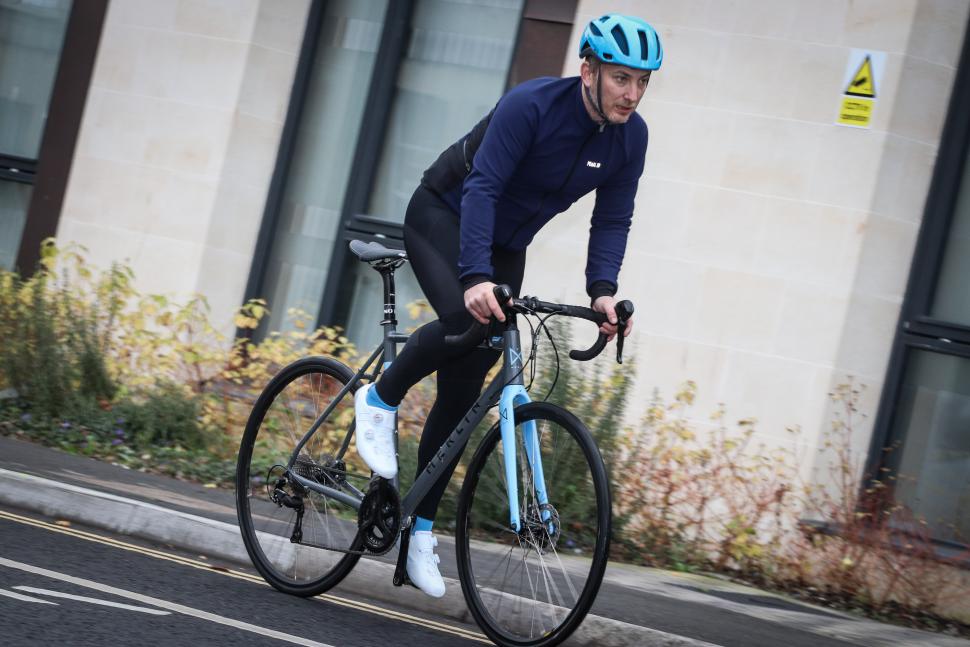

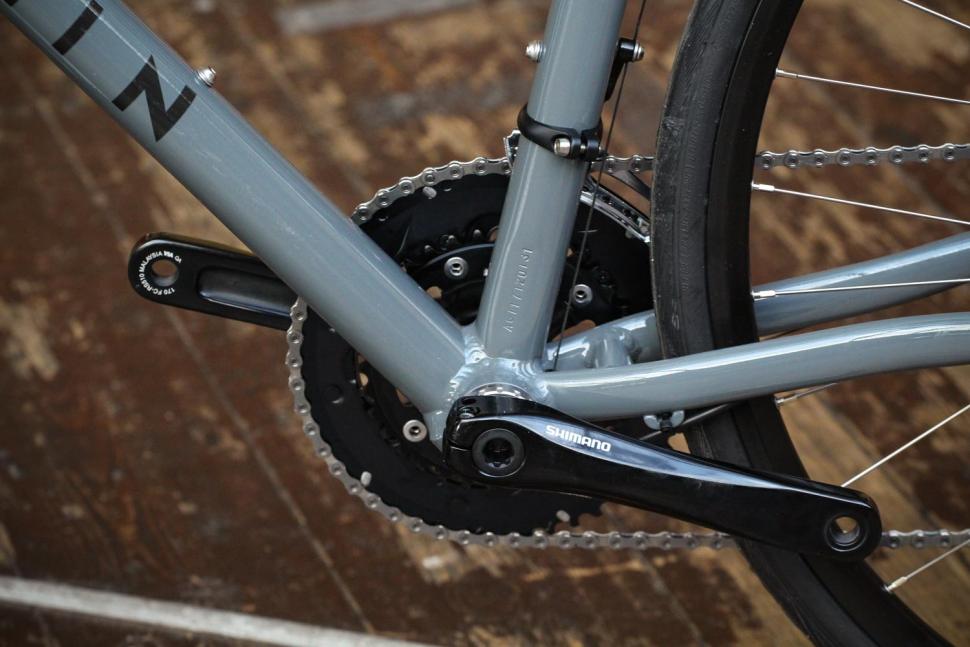

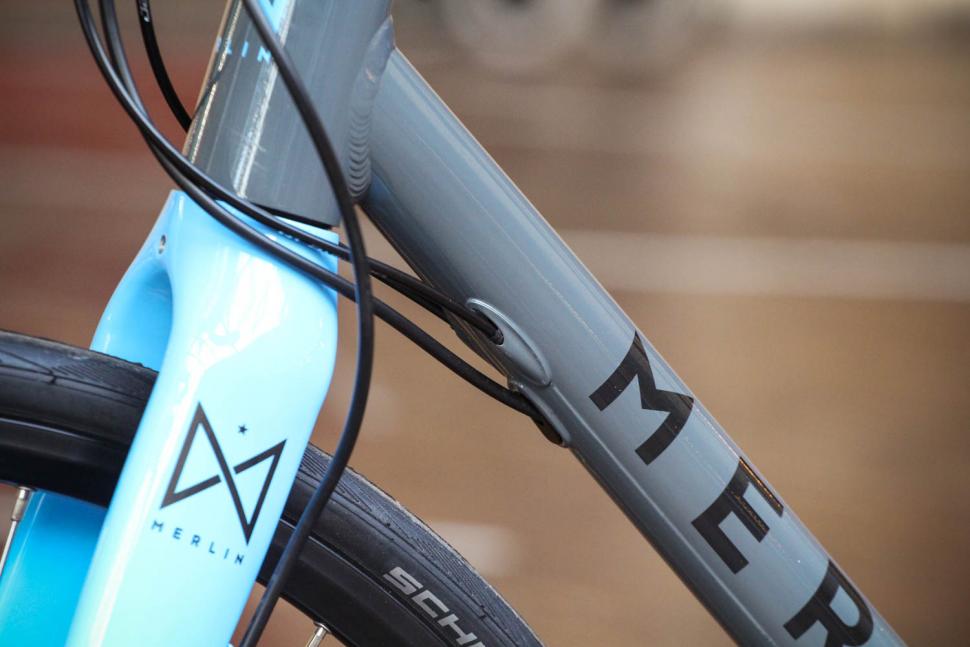

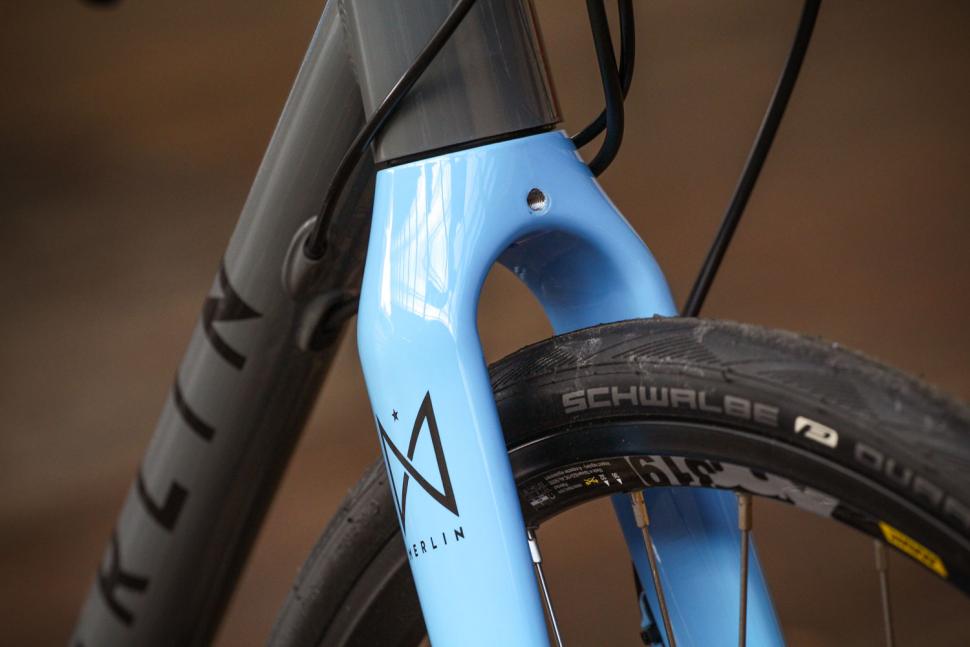
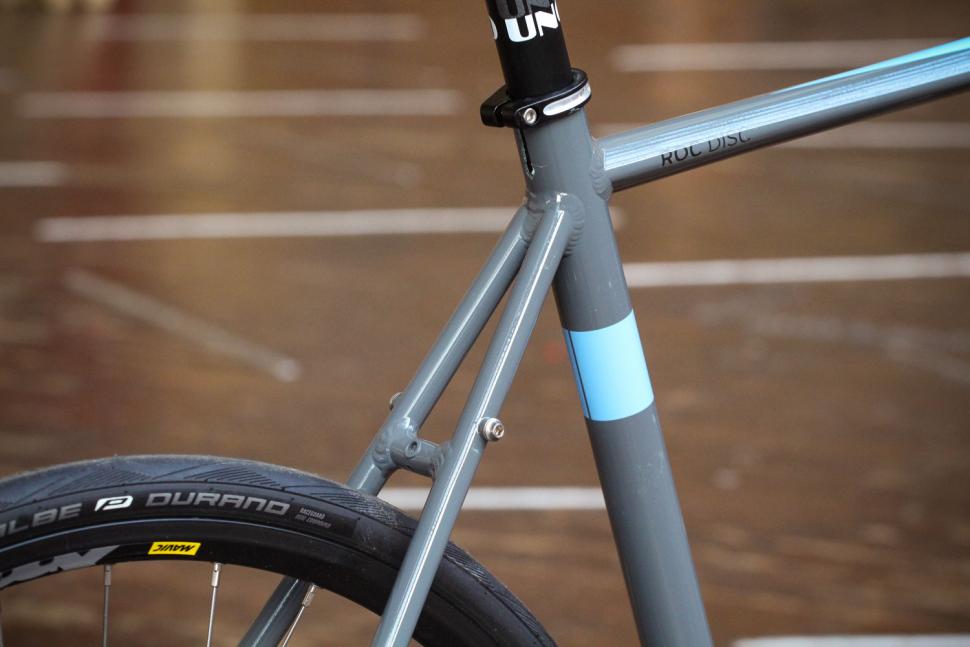
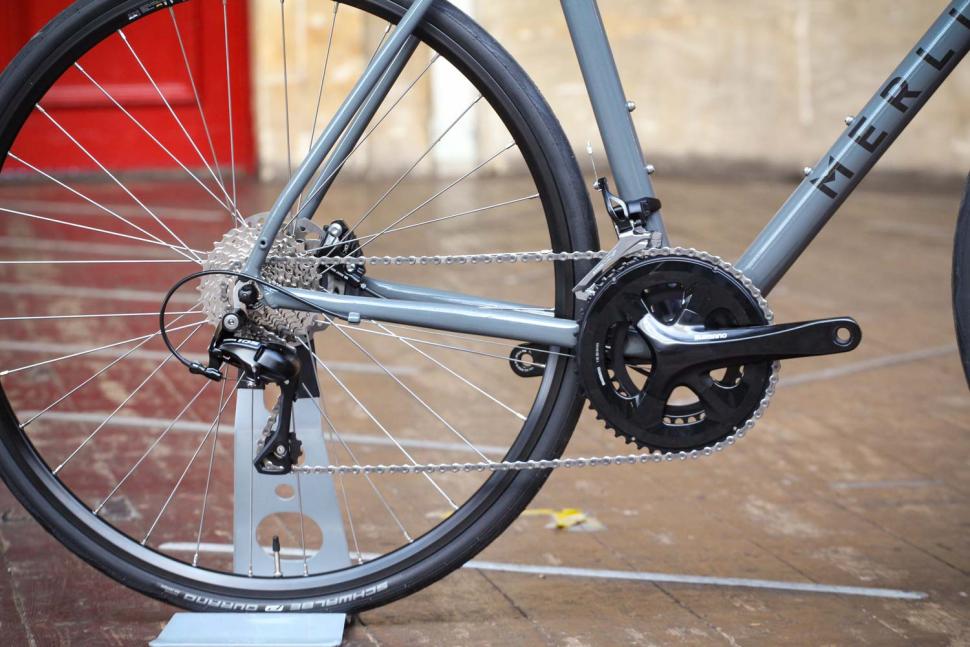
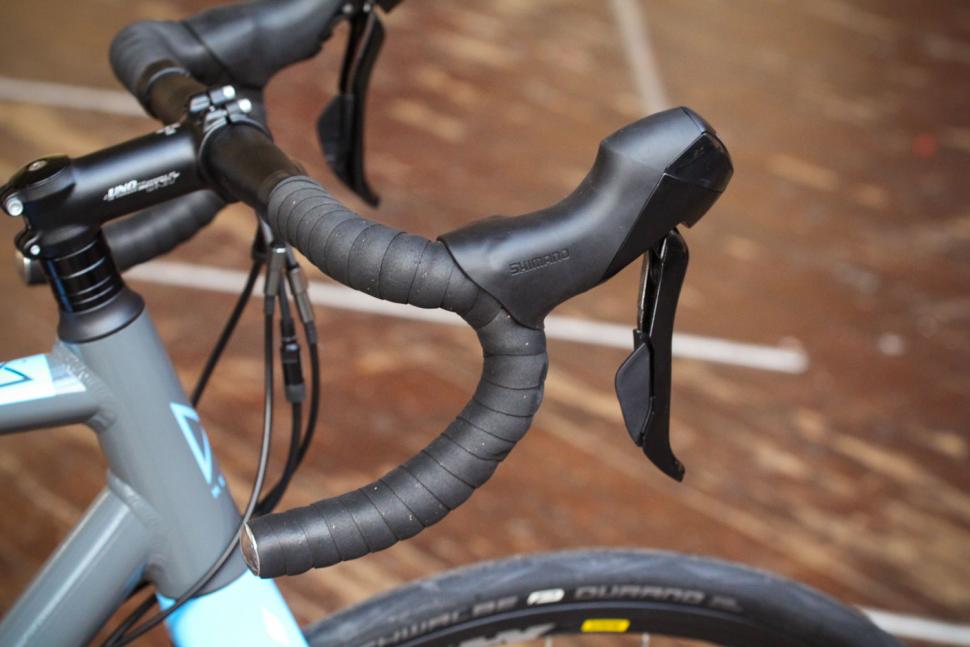
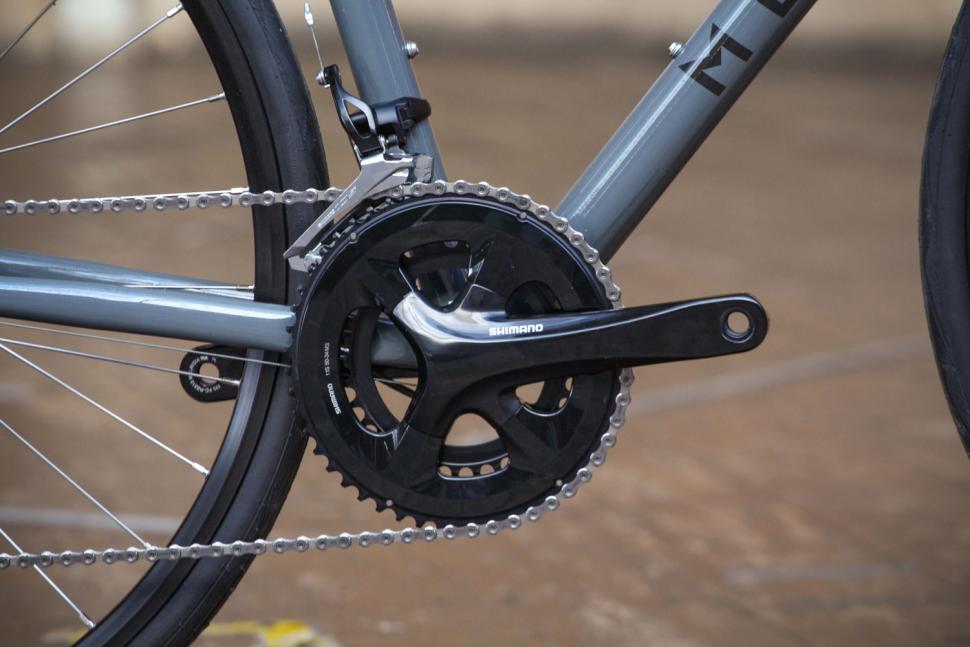

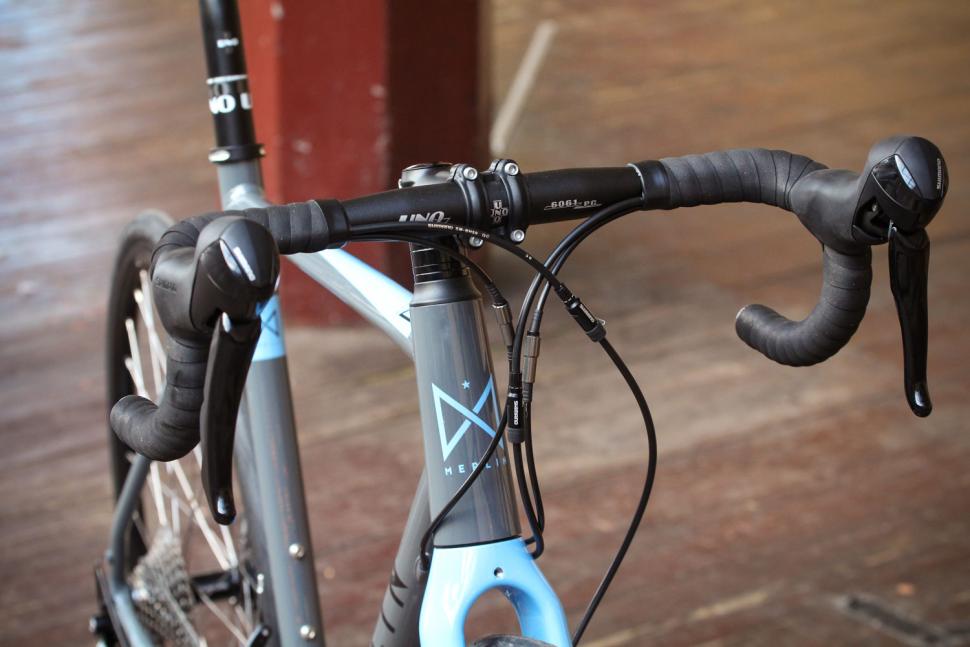
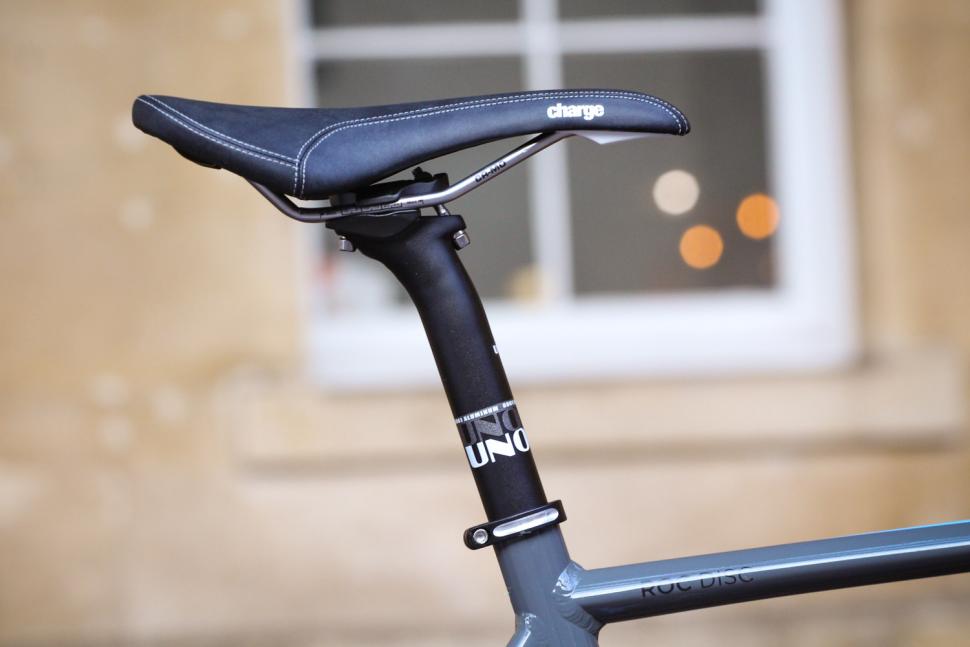





Add new comment
4 comments
Hi Stu, I'm thinking about buying one of the and am a similar height and weight to you. Would you say the 56cm frame was the right size with a bit of adjustment either side? Assume you are normally proportioned for someone your height!
Hi MrGear,
I found the ROC to be a very good fit and yeah I'm pretty much normally proportioned. You could tweak the stem length either way if necessary with little effect on the overall handling.
Cheers
Stu
How does this bike stack up against the Triban RC520? Spec looks pretty similar but the Triban is a good bit cheaper. Paint job is prettier on this though IMO.
Funny how some products just seem to go on and on unchanged. I have the same wheels on my Boardman. They've put up with total neglect except an occasional wash, used on-road, on the turbo and a lot of canal path/bridleway hammerings (on 25mm slicks, note) and are faultless. Unless being a bit heavy is a fault.